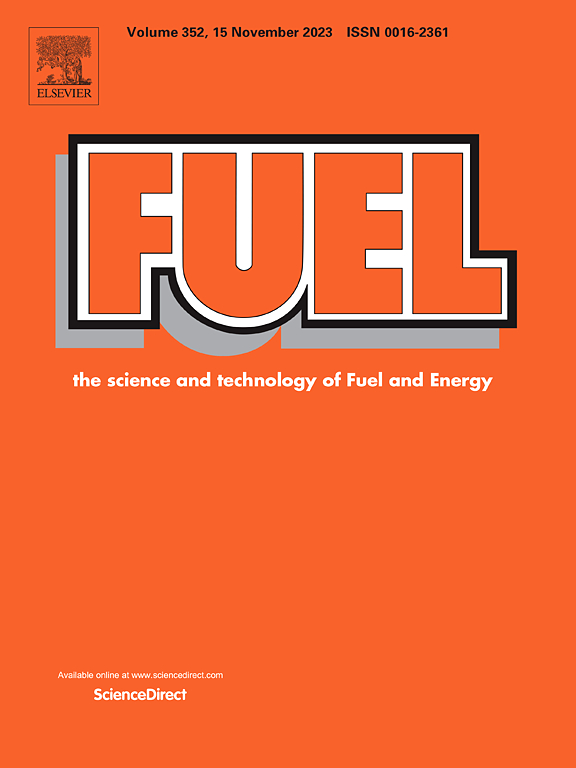Strategic conversion of industrial plastic waste into transportation fuel using iron and strontium containing metal waste as a catalyst
IF 6.7
1区 工程技术
Q2 ENERGY & FUELS
引用次数: 0
Abstract
Metal waste (MW) produced from different manufacturing companies has been considered a hazardous material and discarded in secured landfilling sites. The complicated chemical composition of MW made it difficult to be used as a beneficial material. When the hazardous waste is reused as a useful material, waste recycling with the minimization of hazardous waste landfilling could be achieved. In this study, MW from magnetic materials producing from facilities was utilized as a catalyst for conversion of polyethylene based industrial plastic waste (IPW) into more valuable transportation fuel. Without MW catalyst, IPW was converted into long chained HCs at 600 ˚C. Multi-zone pyrolysis further degraded them into shorter ones (average carbon length: C17), but the carbon chain length was still higher than those of diesel and aviation fuels. MW catalyst enhanced the C–C and C–H bond scissions, producing C7-16 HCs and H2 as major components. The catalytic activity was attributed to the presence of transition and alkaline (earth) metal (oxide) such as Iron (oxide), Strontium (oxide), and their alloys in MW. IPW plastic oil from catalytic pyrolysis (C13.22H25.86 for 45.99 MJ kg−1) had similar chemical formula and heating value of petrodiesel (C12.3H22.2 for 42.5 MJ kg−1) and jet fuel (C10.17H19.91 for 43.23 MJ kg−1). Therefore, this study demonstrated that the hazardous MW from industry could be employed as a catalyst for conversion of low-quality plastic oil into higher quality transportation fuel.

求助全文
约1分钟内获得全文
求助全文
来源期刊

Fuel
工程技术-工程:化工
CiteScore
12.80
自引率
20.30%
发文量
3506
审稿时长
64 days
期刊介绍:
The exploration of energy sources remains a critical matter of study. For the past nine decades, fuel has consistently held the forefront in primary research efforts within the field of energy science. This area of investigation encompasses a wide range of subjects, with a particular emphasis on emerging concerns like environmental factors and pollution.
 求助内容:
求助内容: 应助结果提醒方式:
应助结果提醒方式:


